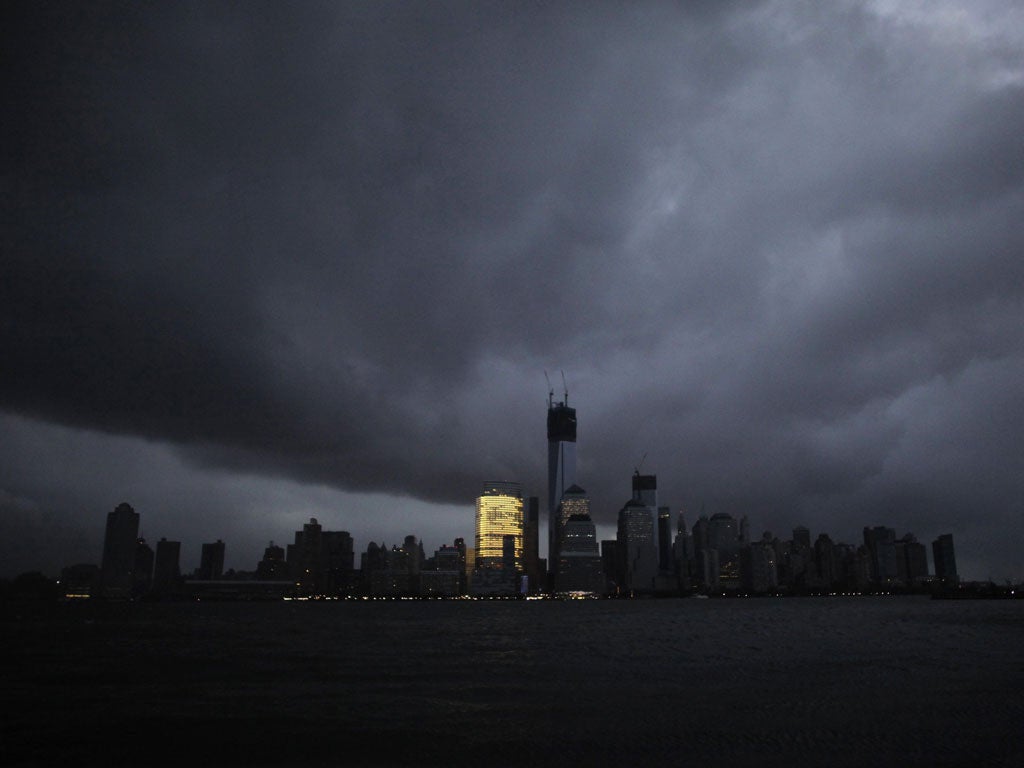'Superstorm’ climate shift can happen within decades not centuries, climate scientists warn
Sea levels could rise 20-30 feet within decades, losing 'most of the world's largest cities and all their history'

Climate scientists are warning the threat of global warming could be even more dangerous than previously believed, suggesting “killer storms”, the rise of sea levels and the “disintegration” of large parts of the polar ice sheets can happen sooner than thought.
The paper, Ice Melt, Sea Level Rise and Superstorms, claims at the current pace of burning fossil fuels and using greenhouse gasses, humans are inducing an eminent climate shift, and could lead humanity “past a point of no return”.
“We’re in the danger of handing young people a situation that’s out of their control,” said lead author James E Hansen, a retired Nasa climate scientist and director at Columbia University.
It is generally agreed by other climate scientists that sea levels will rise as much as 20 to 30 feet following the melting of land ice, which other scientists believe would take centuries.
But the paper, published in the Atmospheric Chemistry and Physics journal, says sea levels could rise to these levels within 50 years.
“That would mean a loss of most of the world’s large cities and all their history”, says Dr Hansen in a video explaining the paper.
The team, made up of 18 other authors, believe the process of rising waters will be sped up after freshwater from melted ice sheets forms a cap on the top of the ocean.
The cap stops water currents distributing the warmer water and prevents some of the warmth escaping into the atmosphere. Warmer waters will then increasingly melt parts of the ice sheets which sit below sea level.
The paper bases its evidence on storms which occurred 120,000 years ago, when the Earth’s temperature was only slightly higher than today's.
It is from one of these storms Dr Hansen says a huge boulder found its way onto a coastal ridge in the Bahamas, after being thrown by huge waves.
Join our commenting forum
Join thought-provoking conversations, follow other Independent readers and see their replies
Comments
Bookmark popover
Removed from bookmarks